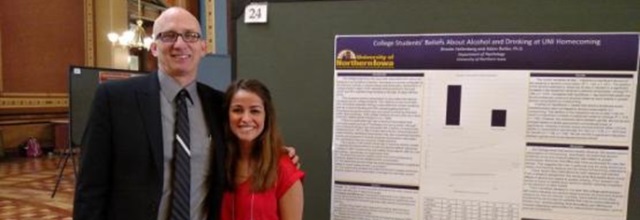Honors Program Theses
Award/Availability
Open Access Honors Program Thesis
First Advisor
Ai Wen
Abstract
The Conservation Reserve Program pollinator habitat conservation practice (CP-42) allows farmers to turn their land, once used for agriculture, into restored prairie to provide floral sources and habitat for wild pollinators. In order for these sites to be fully effective, they must be accessible to native bees and other pollinator species. To understand the movement of native bees and how these corridors are being used to establish new bee communities in these restored sites, we must understand the landscape around them. The vegetation and native bee communities were surveyed at nineteen CP-42 sites in 2018 and 2019. Landscape and land-use data, derived from the USDA CroplandCROS data layers, were analyzed using ArcGIS software to delineate and quantify potential pollinator habitat in 1km buffers surrounding each CP-42 site. Paired with the collected bee data, statistical analysis was run using the computer software R to compare the percent of each land cover class and the richness and abundance of the native bee communities per site. Our data showed less correlation between the richness and density of native bee species and the surrounding landscape variables, compared to the strong correlation between the floral resources within the restored habitat. This tells us that the floral resources that comprise the restorations are important to establishing and maintaining a rich and abundant bee community.
Year of Submission
2024
Department
Department of Biology
University Honors Designation
A thesis submitted in partial fulfillment of the requirements for the designation University Honors
Date Original
5-2024
Object Description
1 PDF (iii, 18 pages)
Copyright
©2024 Ethan D. Dickey
Creative Commons License

This work is licensed under a Creative Commons Attribution 4.0 International License.
Language
en
Recommended Citation
Dickey, Ethan D., "Using GIS To Evaluate Habitat Connectivity Among The Pollinator Conservation Reserve Program Pollinator Habitat (CP-42) Restorations In Northeast Iowa" (2024). Honors Program Theses. 939.
https://scholarworks.uni.edu/hpt/939



